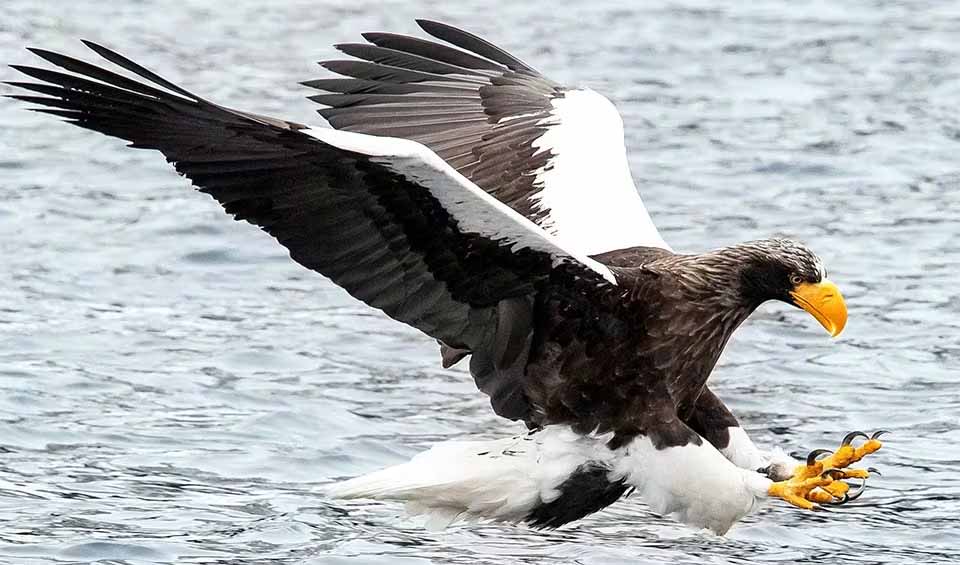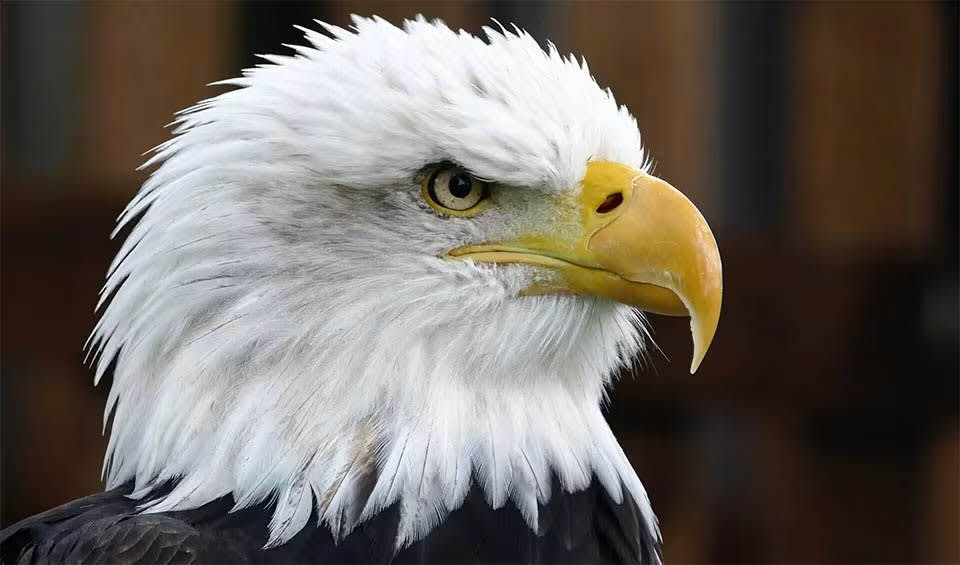Haliaeetus – Sea eagles
A fish won't see it coming, but these eagles could spot poor fish from a distance
Sea eagles, also known colloquially as fish eagles, are some of the most majestic avian species, residing at the apex of their ecological niches. They are particularly notable for their striking appearance, formidable hunting skills, and exceptional adaptations that allow them to thrive in various aquatic and near-aquatic environments across the globe.
Characterized by their impressive size, sea eagles have large, powerful bodies that can span up to 2.5 meters (8 feet) in wingspan, making them one of the largest birds of prey. Their incredible sensory capabilities match their physical prowess. The eyes of a sea eagle are positioned at the front of the head, providing binocular vision that is among the sharpest in the animal kingdom. This visual acuity functions akin to high-quality binoculars or a GPS, enabling them to spot fish and other prey from great distances. This specialized vision is crucial for their hunting strategy, which involves soaring at considerable heights over water bodies before diving at high speeds to snatch unsuspecting prey with their talons.
The plumage of sea eagles is not only beautiful but also varied, contributing to their distinct aesthetic appeal. Many species boast a bright yellow beak that contrasts strikingly with their darker shades of brown body feathers, which may be adorned with white patches, hints, or streaks. Variations among species can include white tails, white bellies, or distinctive strokes of white across their upper feathers, creating a visually stunning appearance that has captivated human observers for centuries.
However, the beauty of sea eagles has also made them targets for hunting and poaching, with their feathers being particularly sought after. This, combined with habitat destruction and pollution, has put several species at risk, highlighting the need for conservation efforts to protect these magnificent birds.
Species in this genus
Steller’s sea eagle
One of the largest beaks of any eagle, perfect for tearing apart tough fish and other prey
Bald eagle
The magnificent national bird of the United States, distinguished by a snowy white head, neck, and tail
White-bellied sea eagle
Its broad wings enable it to glide effortlessly on air currents, often seen navigating the coastal winds
White-tailed eagle
Extinct and reintroduced – What’s the story behind these so-called ‘flying barn doors’?





